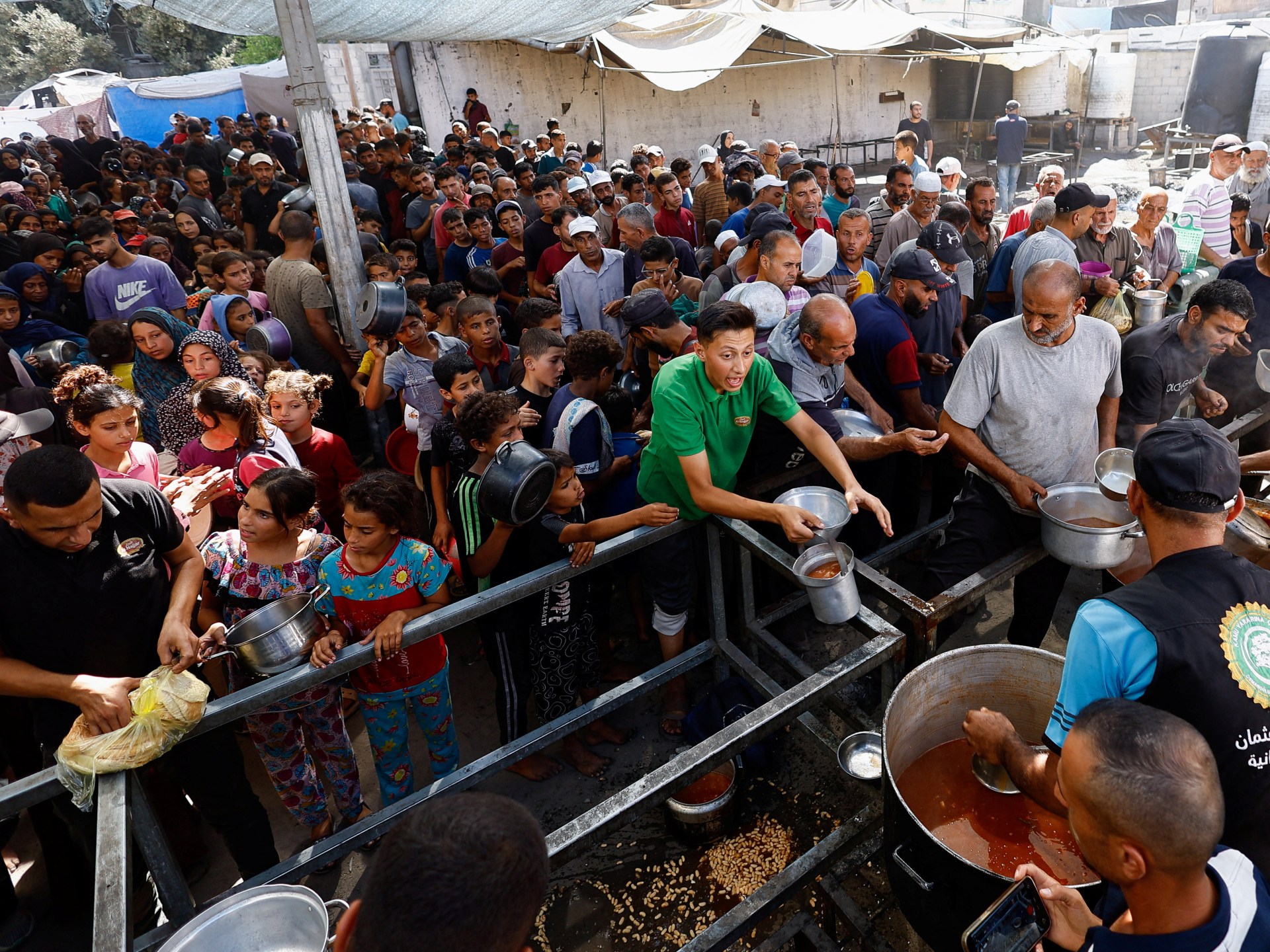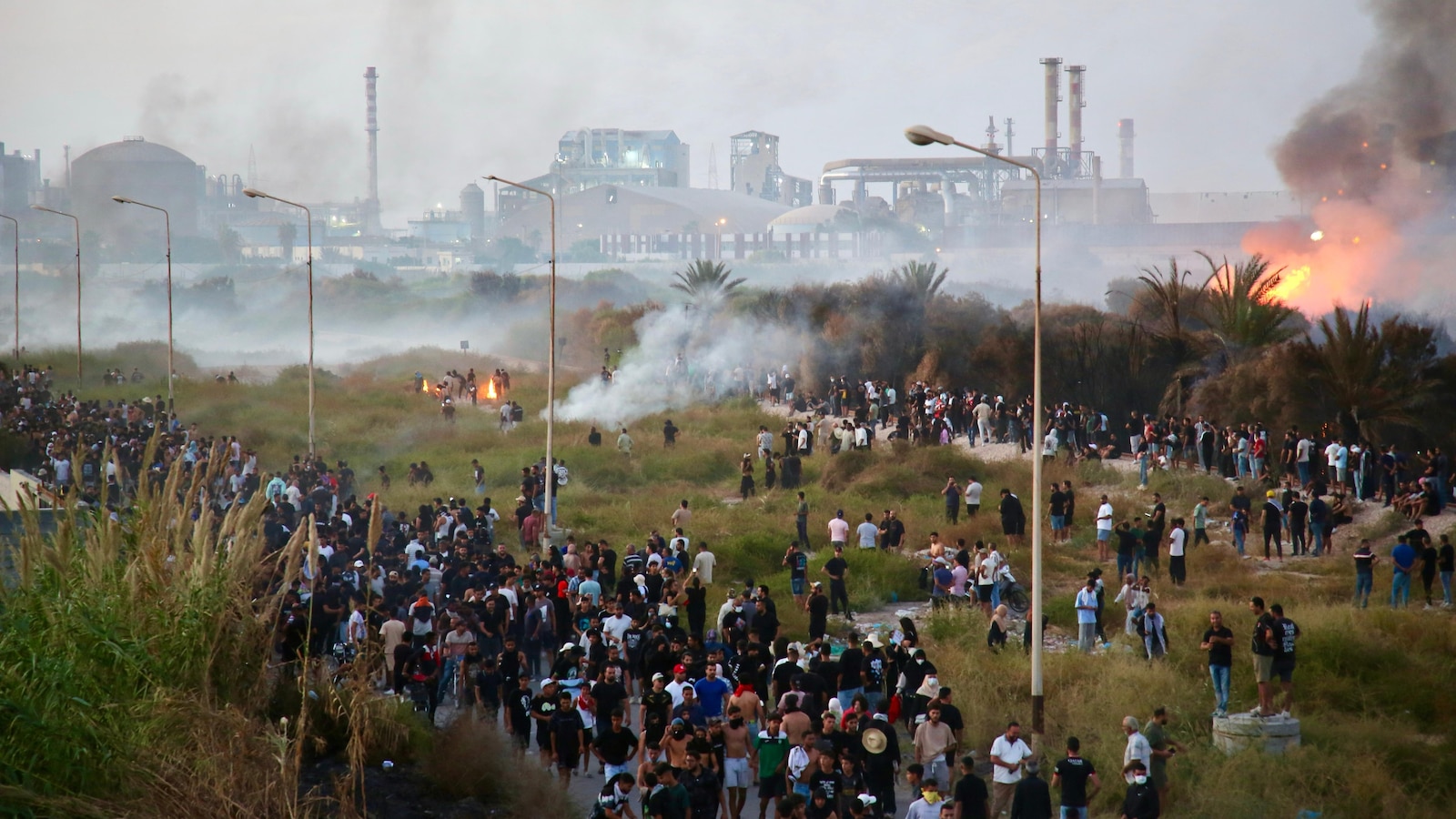Published On 16 Oct 2025
The stench of decay extends miles beyond Poza Rica in one of the regions most devastated by last week’s torrential rains that inundated central and eastern Mexico.
By Wednesday, the official death toll had reached 66, with the number of missing people increasing to 75. Nearly 200 communities remain isolated — predominantly in Hidalgo’s central mountainous region, where persistent cloud cover has hindered helicopter access.
A persistent dust cloud hangs over the main avenue of Poza Rica, a gulf-adjacent oil-producing city, where soldiers laboured continuously. To the east, near the overflowed Cazones River, numerous streets remained submerged under 3 feet (about 1 metre) of water and mud, covered by an additional 6 feet of accumulated rubbish, furniture, and debris.
“A week later, this looks horrible — worse. You can’t even cross the street,” lamented Ana Luz Saucedo, who escaped with her children when water rushed in “like the sea”.
She now fears disease because a decomposing body near her home remains uncollected. “The dead body has already started to rot, and no one has come for him.”
The impact of last week’s catastrophic rains, floods, and landslides continues to unfold as Mexico’s government proceeds with rescue and recovery operations.
Officials attribute the disaster to multiple converging weather systems — two tropical systems colliding with warm and cold fronts — arriving as an unusually intense rainy season concluded, leaving saturated rivers and unstable hillsides.
Residents like Saucedo believe warnings were insufficient, particularly in Poza Rica.
“Many people died because they didn’t give notice — really, they didn’t warn us,” she said. “They came only when the river was already overflowing … not before, so people could evacuate.”
President Claudia Sheinbaum explained that alert systems for such events differ from hurricane warnings. She acknowledged the need to review river maintenance and emergency protocols after the crisis to determine “what worked, what we need to improve and whether there are better alert mechanisms”.
Military, naval, and civilian emergency teams continue operating across affected states, supplemented by hundreds of volunteers.
In Poza Rica, women from Veracruz distributed clothing and 1,000 pots of homemade tamales to flood victims.
Meanwhile, authorities work to clear blocked roadways, restore electricity, and monitor dams — many now at maximum capacity.




Leave a Comment